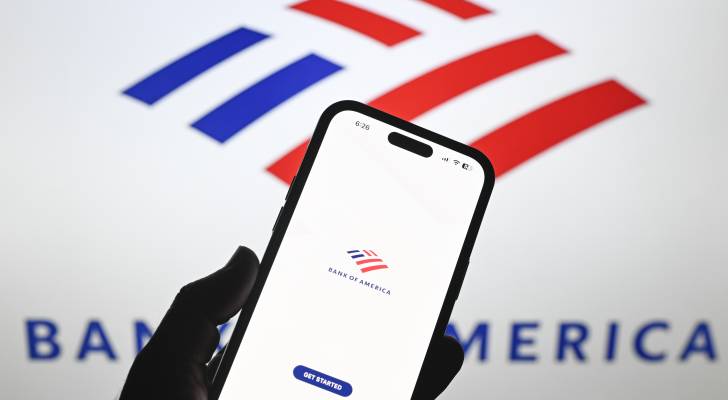We live in an increasingly digital age, and for many people, that extends to banking. Data from Forbes Advisor found that, as of 2022, 78% of U.S. adults preferred to do their banking online, whether on a website or mobile app, compared to in person.
But that doesn’t mean there aren’t people who prefer brick-and-mortar banks. And so it’s disheartening to see that U.S. banks are closing their doors in short order.
-
Car insurance premiums in America are through the roof — and only getting worse. But 5 minutes could have you paying as little as $29/month
-
Commercial real estate has beaten the stock market for 25 years — but only the super rich could buy in. Here’s how even ordinary investors can become the landlord of Walmart, Whole Foods or Kroger
-
These 5 magic money moves will boost you up America’s net worth ladder in 2024 — and you can complete each step within minutes. Here’s how
An Oct. 13 report by the Daily Mail, citing data from the Office of the Comptroller of the Currency, a federal banking regulator, stated that 754 bank branches closed in the first nine months of the year. And it’s not necessarily smaller community banks that are shuttering locations. Bank of America closed 132 branches, while U.S. Bank closed 101 of them as of September. Wells Fargo was close behind with 92 closures, followed by 90 closures on Chase’s part.
If you’ve ever noticed that online banks tend to offer higher interest rates than physical banks, there are reasons for that. One of the most obvious is that it takes a lot of overhead to keep a brick-and-mortar bank running. There’s rent to be paid, utilities to cover and a host of additional expenses.
Given the amount of customers who do the bulk of their banking online, it makes sense for some big banks to strip costs and consolidate. Plus, shutting down underperforming branches can place added focus on improving mobile platforms and taking other steps to enhance the digital experience.
According to research from Self Financial, based on commercial banking data from the Federal Deposit Insurance Corporation, if current trends continue, physical banks in the U.S. could be extinct by 2041. From 2018 to 2022, an astounding 1,646 branches have closed per year on average.
But brick-and-mortar bank closures can be a huge issue. For one thing, many customers need access to physical cash, and banks are a key source in that regard. You can log into a website or mobile app and transfer money around, but you can’t press a button and have a wad of bills magically appear in your hands.


Leave a Comment